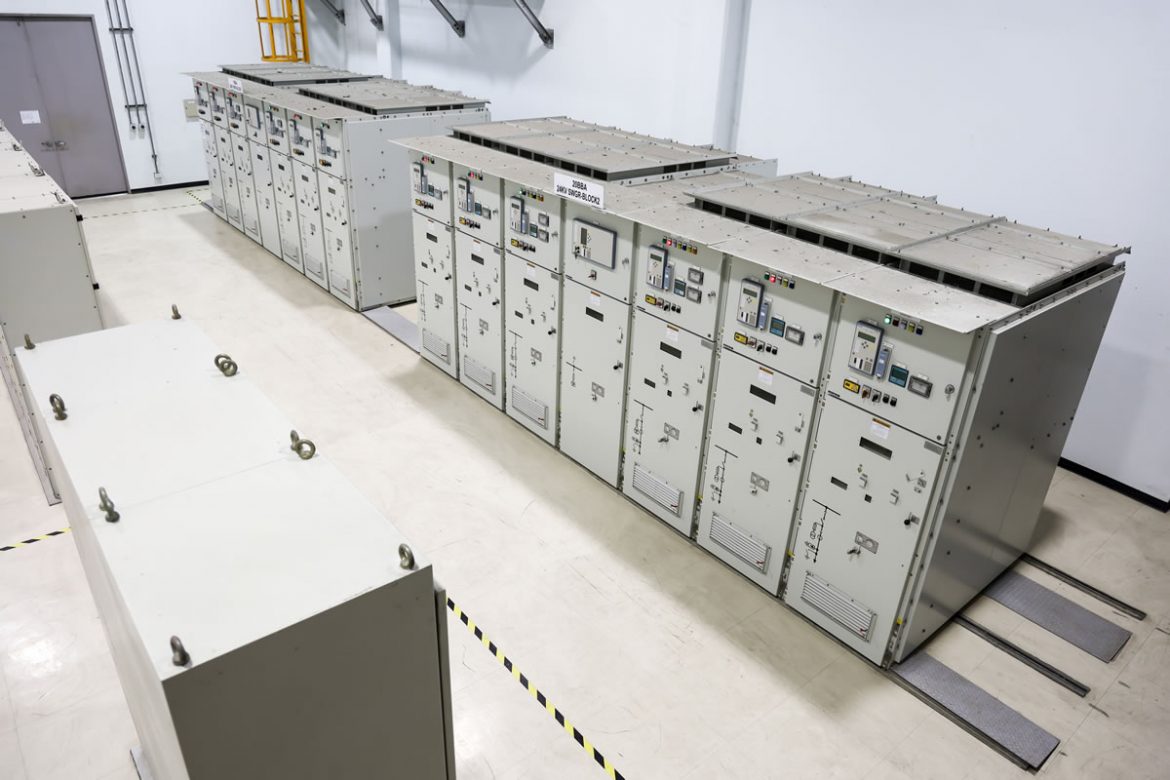What is special hazard fire protection? Simply stated, special hazard fire protection are fire suppression systems that are used to protect property and life from fire in situations where a traditional automatic fire sprinkler system may be inappropriate, or even hazardous. Within the International Building and Fire Codes, these systems are called “Alternative Automatic Fire-Extinguishing Systems.” Herein, they will be referred to as “Special Hazard Fire Protection.”
Examples of Special Hazard Fire Protection Systems
Examples of Special Hazard Fire Protection Systems include, but are not limited to:
- High Expansion Foam Systems and Foam-Water Sprinkler Systems – these systems are designed to protect against liquid fires commonly found in aircraft hangars or areas where flammable liquids are stored or handled. They extinguish liquid fires by smothering the surface of the liquid with a blanket-like foams. Industrial fires that involve flammable and combustible liquids may also use this type of system.
- Clean Agent Systems – these systems are gaseous extinguishing agents that are either inert gases or Fluorine based compounds. They suppress fires without damaging electronically sensitive equipment or equipment that is susceptible to water damage. Fluorine based compounds work predominantly by absorbing the heat from a fire, thereby lowing its temperature, and in the case of inert gases, by displacing the available oxygen to burn.
- Dry and Wet Chemical Systems – these systems work by blanketing the surface of burning materials with chemicals that disrupt the burning of the fire. A simple dry chemical agent is sodium bicarbonate (baking soda), which can be used to extinguish a cooking fire. Wet Chemical Systems are often used to extinguish fires within oil fryer cooking apparatus.
- Condensed Aerosol Systems – these systems work by using a propellant and particulate to extinguish fire. They work predominantly by arresting the chemical chain reaction necessary for a fire to propagate.

Total Flooding Versus Local Application
Understanding the type of extinguishant used in special hazard fire protection is an important differentiator among the various systems. Another differentiator is the application type. There are two application categories, local application systems and total flooding systems.
A local application system, which is most commonly found in industrial fire protection, is used to protect a working space, specific equipment, or a partially enclosed area. Engine compartments, IT closets, electrical switchgear, and kitchen hoods are all examples of special hazard fire protection systems in local applications. Local application systems are normally pre-engineered for the hazard. On the other hand, total flooding systems are intended to suppress fires within an entire room or enclosed space. These systems must be specifically engineered for the space and hazard.
System Activation Methods
Method of activation is another way to distinguish the various types of special hazard fire protection systems. Systems can be activated manually (mechanical means), automatically (electrical or thermal means), or both (a single system can be activated in multiple ways). Mechanical activation may occur by having a suppression head fuse and open (such as in some dry chemical systems), or by pulling an activation handle (such as in kitchen suppression systems). Electronic heat or smoke detectors activate other systems. They work by sending an activation signal to a control panel or solenoid valve, which in turn, activates the system.
System Monitoring
Special Hazard Fire Protection Systems are required to be monitored by a building fire alarm system if one is present. If one is not present, they are not necessarily required to be monitored.
Written by Louise S. Dillon, Fireaway Inc.
Louise is the marketing manager at Fireaway Inc. located in Minnetonka, Minnesota. Fireaway Inc. designs and manufactures the Stat-X® condensed aerosol fire suppression product line used to protect enclosed industrial special hazards.


